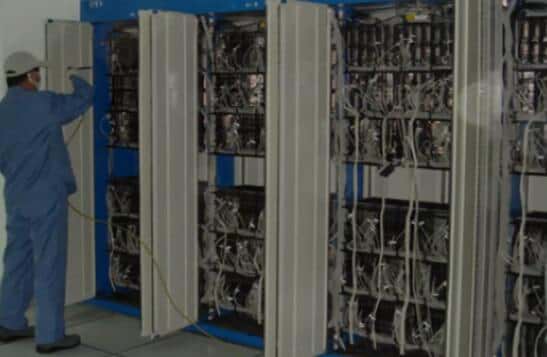
Background
1.the whole life cycle management is difficult
Operators cannot obtain timely state information such as procurement, maintenance, and scrapping of assets, and cannot respond in time, resulting in low management efficiency.
2.low real-time
The number of mobile base stations is large, the location is scattered and unattended, and real-time management and inventory of base station assets cannot be performed.
3.high error rate
At present, most of the traditional methods are manually performed on-site inventory, handwriting, entry, and summary, in order to import the collected device information into the back-end database. The artificial check method is likely to cause the base station asset account to be inconsistent.
4.the allocation management work is arduous
The operators have carried out a large number of network equipment deployment and base station carrier adjustment work throughout the year, which has led to the arduous management and inventory of base station asset equipment.
5.real-time anti-theft monitoring is difficult
At present, it is difficult for the management method to monitor the assets in real time, and no alarm can be issued within the scope of the assets leaving the regulations.
Active RFID system: The active tag has a battery inside and can actively transmit signals. The transmit power of the reader and tag is generally less than 1mW. The active reader can identify multiple tags at the same time, and the recognition distance can be more than 50m. Active tag life is affected by batteries and costs are higher, but readers are less expensive.
Passive RFID system: Passive tags do not have a battery inside, and rely on the outside world to provide energy to work. Passive readers can identify multiple tags at the same time, with a maximum recognition distance of up to 10m. Passive tags have long life and low cost, but readers are more expensive.
Application effect
Greatly improve asset inventory efficiency
The asset inventory work adopts automatic collection and real-time transmission. The inventory cycle of the operator's assets has been reduced from the original few months to ten minutes.
Reduce business operating costs
The accuracy of data collection of the communication base station RFID equipment management system is as high as 100%, which enables enterprises to accurately grasp the use of assets and improve the utilization rate of enterprise assets, thereby greatly reducing the operating costs of enterprises.
The life cycle of the asset is clear at a glance
From the time of storage, transfer, maintenance to scrapping, the entire life cycle is clear at a glance.
Effective real-time monitoring of assets
Through real-time monitoring of asset tag information, anti-theft is effectively realized.
Analysis 1:
Active RIFD solutions are 100% easier to read than passive RFID solutions. Active readers and active tags are used for device monitoring and tracking, making device management more secure and secure.
Analysis 2:
The cost of active tags is higher than that of passive tags, but the cost of active readers is lower. Compared to the implementation cost of the two solutions, active RFID solutions are less expensive.
Analysis 3:
Active RFID solutions are simple to install and route than passive RFID solutions.